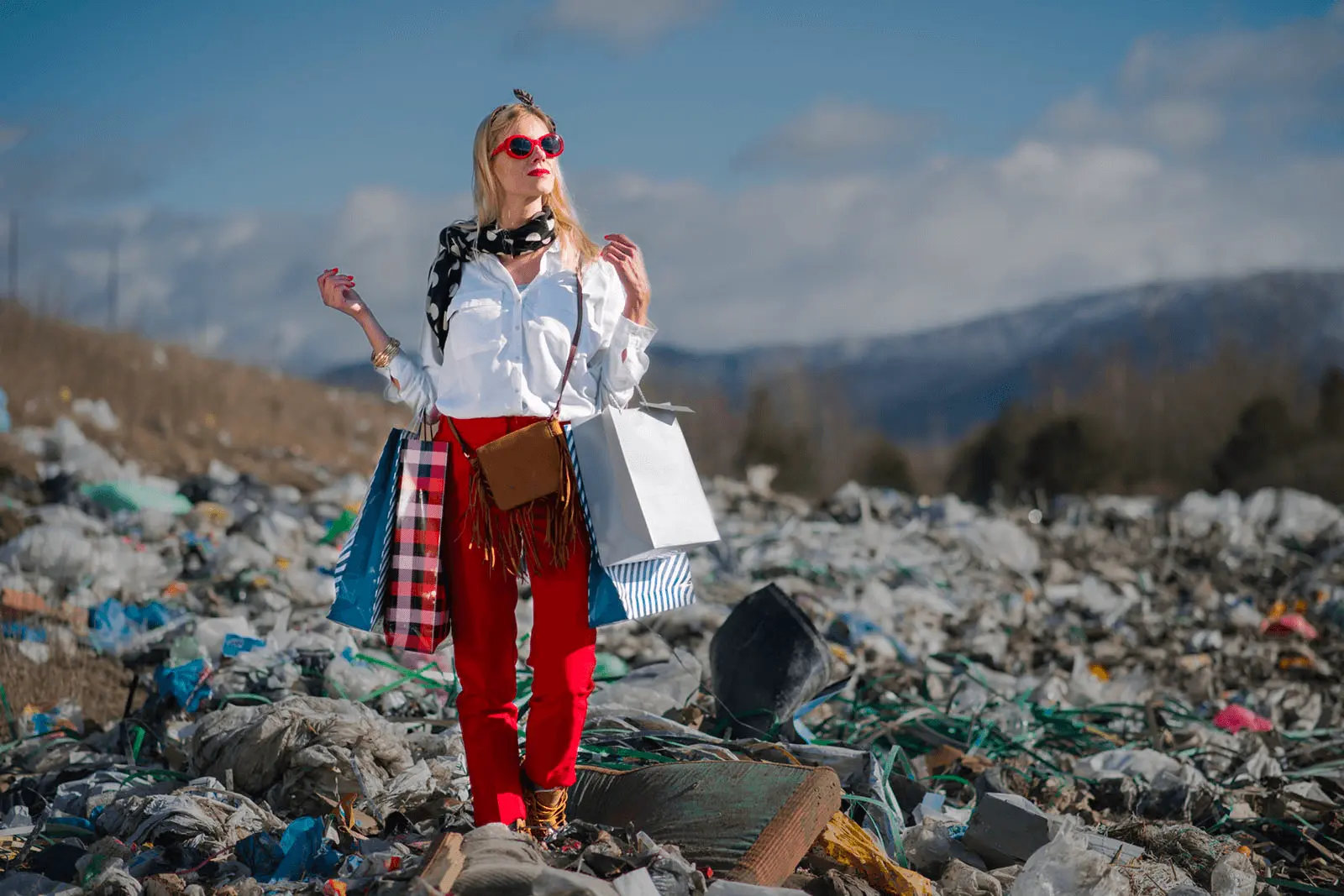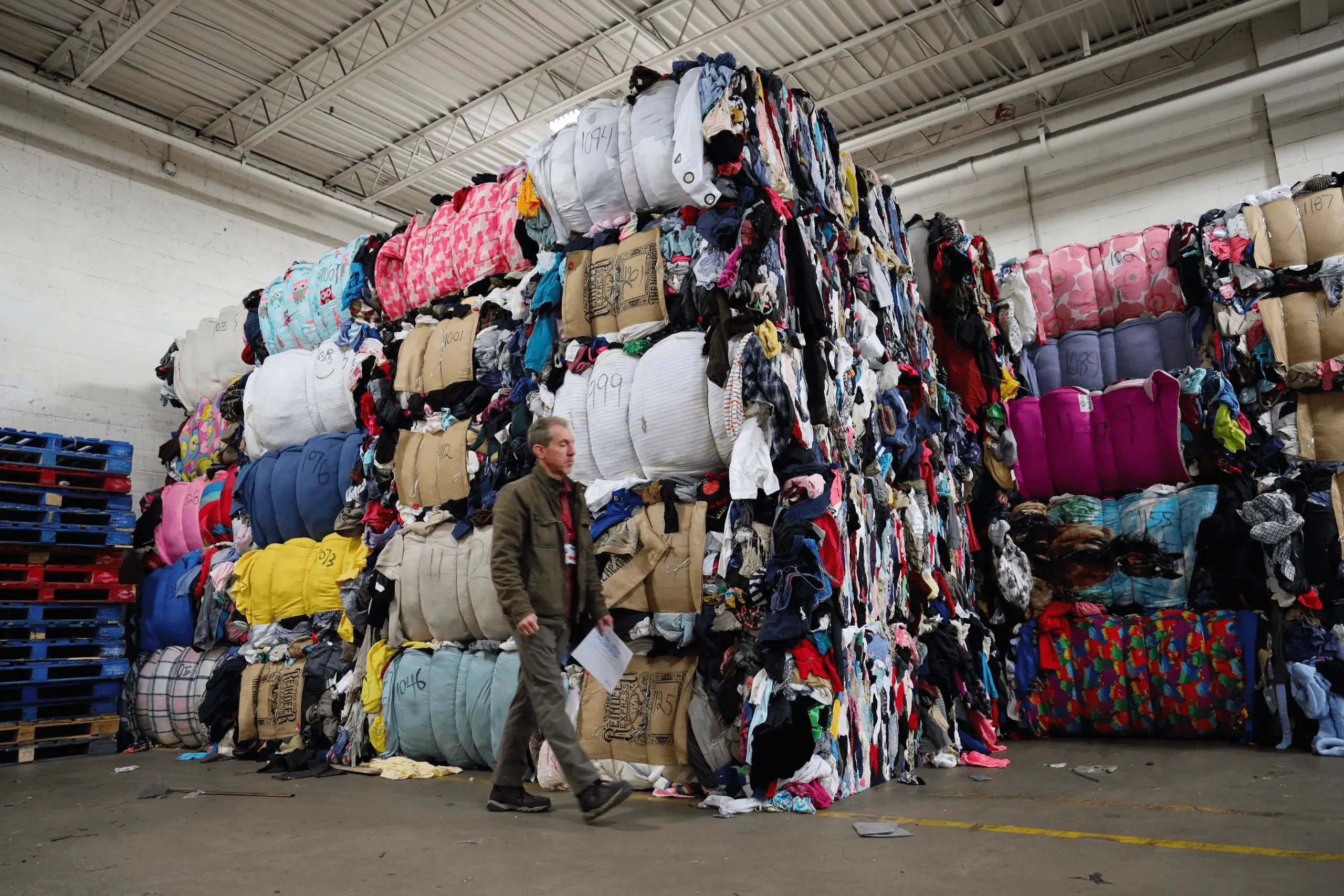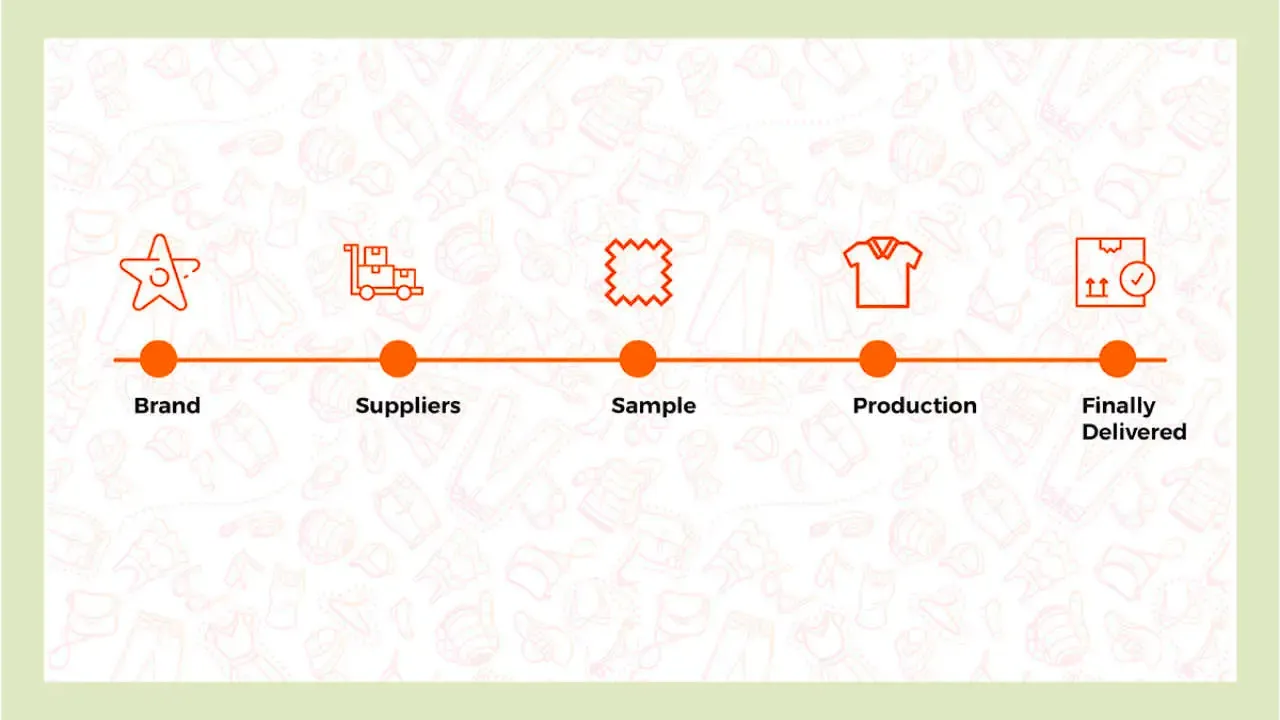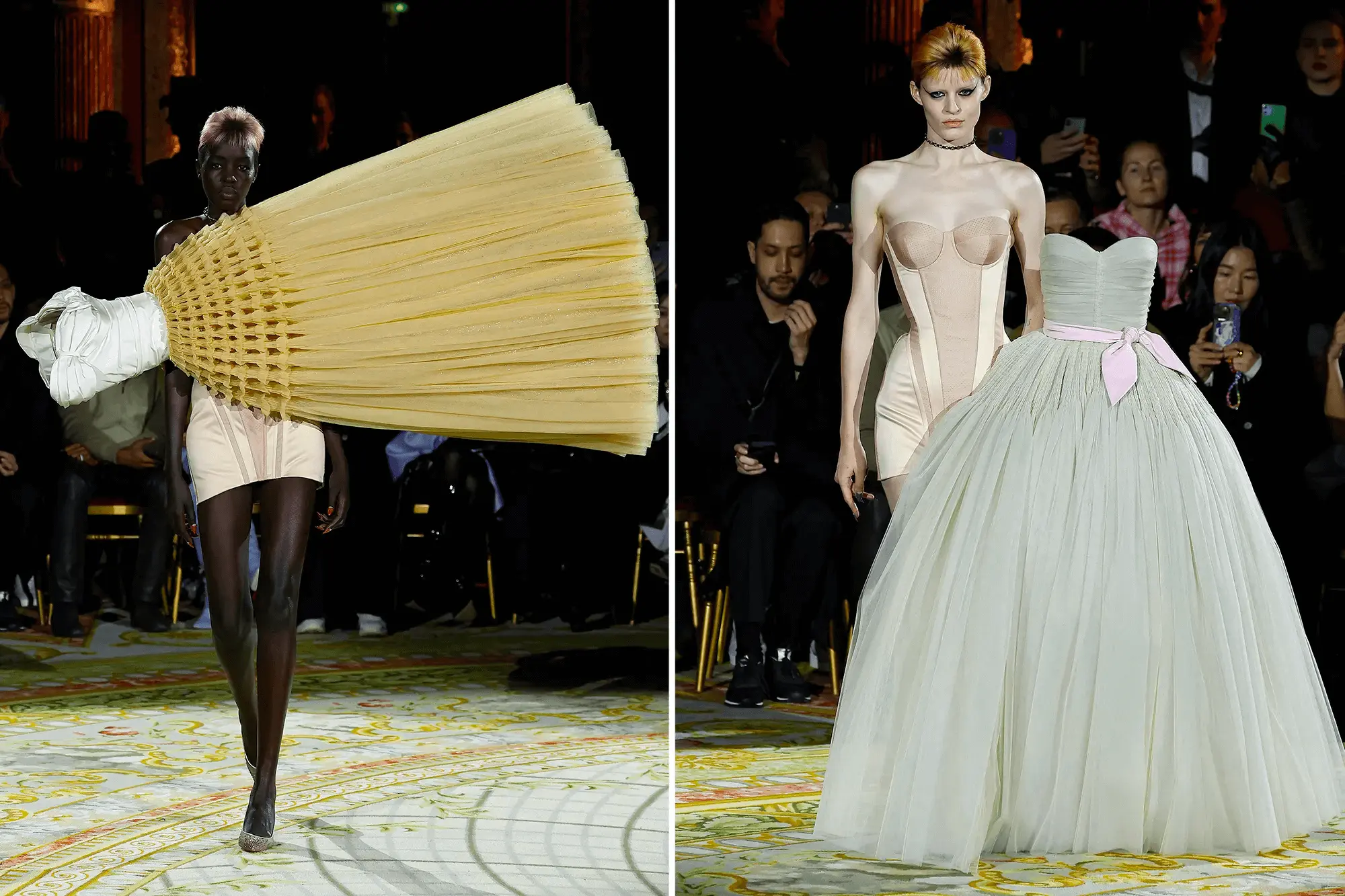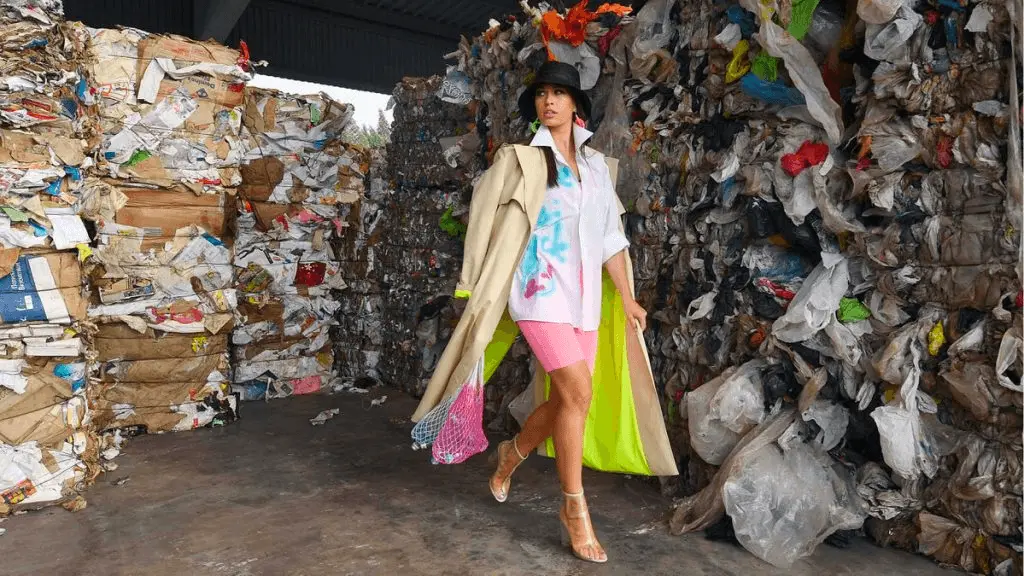
Fashion Biggest Polluter
When we think of pollution, we tend to picture industrial smokestacks and oil spills. But what if I told you that one of the biggest polluters in the world is something that we all interact with on a daily basis: fashion.
Fashion is a multibillion-dollar industry that spans the globe, producing everything from fast fashion to haute couture. But what many people don't realize is that the production of clothing and accessories has a massive environmental impact.
The fashion industry is responsible for significant amounts of greenhouse gas emissions, water pollution, and waste. In fact, according to a report from the United Nations Environment Programme, the fashion industry is responsible for 10% of global carbon emissions and 20% of global wastewater. These numbers are staggering, and they show that the fashion industry is not just harmful to the environment, but it's also one of the largest contributors to climate change.
One of the biggest issues with fashion is fast fashion. Fast fashion refers to the production of cheap, trendy clothing that is quickly produced and sold to meet consumer demand. This production method is incredibly wasteful, as clothing is often made with low-quality materials and designed to be disposable. As a result, fast fashion items are often worn only a few times before being thrown away, contributing to the massive amount of textile waste that ends up in landfills every year.
The production of clothing also requires significant amounts of water and energy. It takes an estimated 2,700 liters of water to produce a single cotton t-shirt, and the energy required to produce clothing contributes to greenhouse gas emissions. In addition, the production of clothing often involves the use of harmful chemicals, such as pesticides and dyes, which can pollute waterways and harm the health of those involved in production.
So what can be done about this problem? The first step is to change the way we consume fashion. Instead of buying fast fashion items that are designed to be disposable, we can choose to invest in high-quality, sustainable clothing that will last longer and have a smaller environmental impact. We can also choose to buy second-hand clothing, which helps to reduce waste and has a lower carbon footprint than buying new.
In addition, we need to hold the fashion industry accountable for its environmental impact. This means pressuring companies to adopt more sustainable production methods and to reduce their carbon emissions and water usage. It also means supporting legislation that holds companies accountable for their environmental impact and encourages them to adopt more sustainable practices.
Fashion may seem like a harmless industry, but the reality is that it's one of the biggest polluters in the world. If we want to reduce our impact on the environment and fight climate change, we need to start taking the fashion industry's environmental impact seriously. By changing the way we consume fashion and holding the industry accountable for its actions, we can work towards a more sustainable and environmentally-friendly future.
Others
Trending Resources
Want to stay updated with new resources?
Subscribe to our newsletter with one step.


